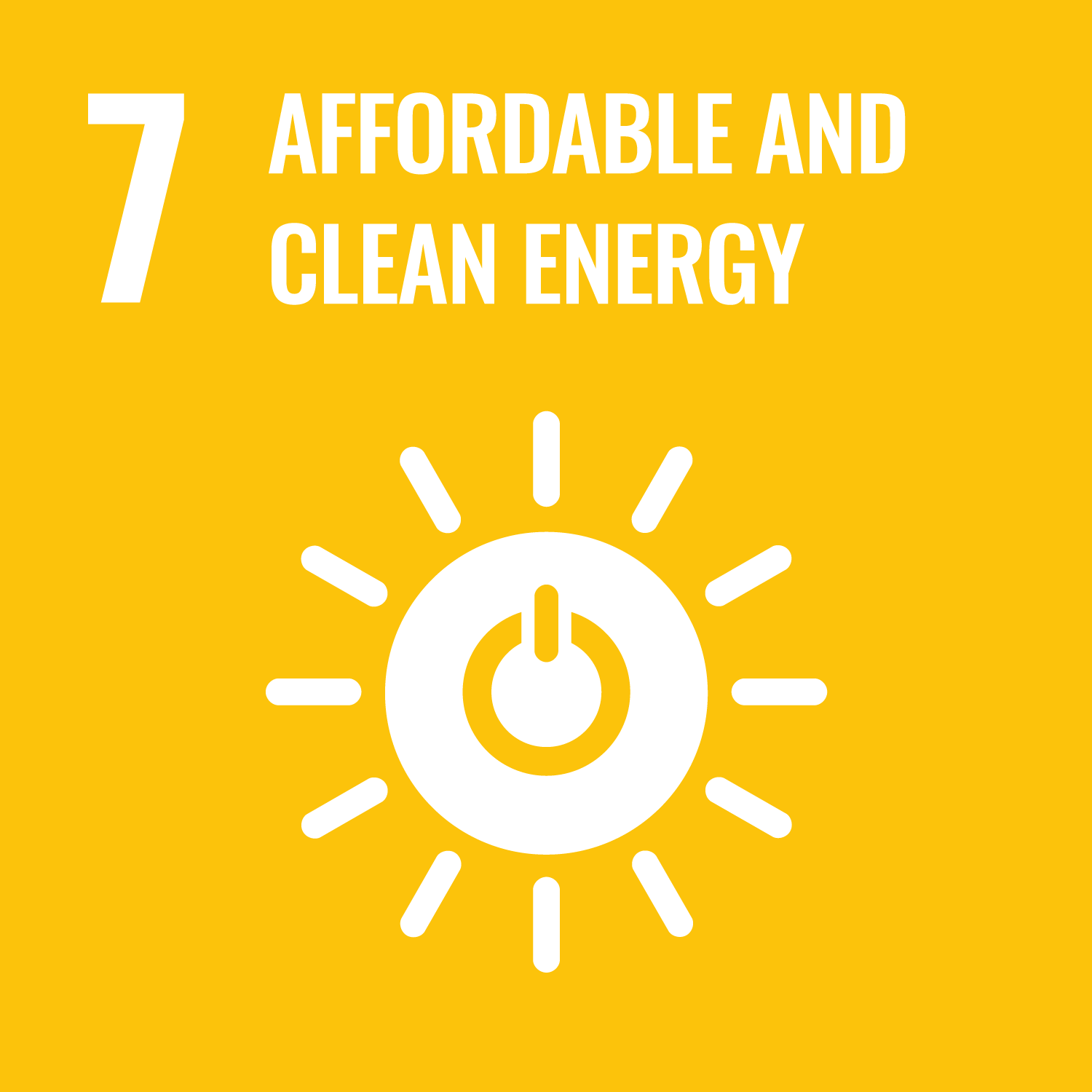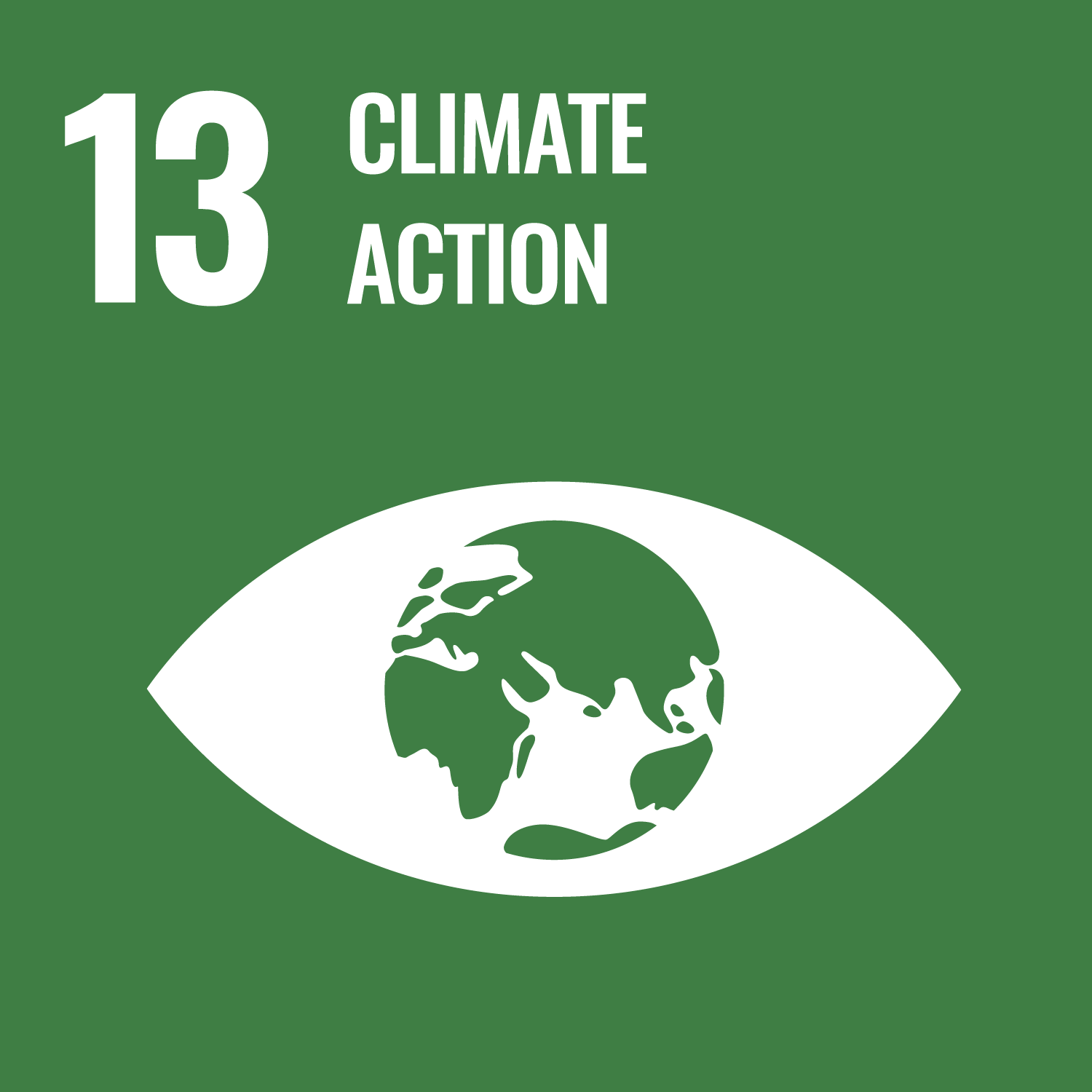Amer, M.O., Hoseyni, S.M. orcid.org/0000-0001-7947-8223 and Cordiner, J. orcid.org/0000-0002-9282-4175 (2024) Fuelling the future with safe hydrogen transportation through natural gas pipelines: a quantitative risk assessment approach. Transactions of the Indian National Academy of Engineering, 9 (4). pp. 763-781. ISSN 2662-5415
Abstract
The global transition to clean and sustainable energy sources has sparked interest in hydrogen as a potential solution to reduce greenhouse gas emissions. Efficient and safe transportation of hydrogen is crucial for its integration into the energy network. One approach is utilizing existing natural gas infrastructure, but it introduces unique challenges. Hydrogen has distinct characteristics that pose potential hazards, requiring careful consideration for safe transportation through natural gas pipelines. Moreover, the absence of field data on component failure rates adds to the existing uncertainty in Quantitative Risk Assessment (QRA) for hydrogen transportation. QRA plays a vital role in enabling the safe deployment of hydrogen transportation through existing pipelines and is increasingly integrated into the permitting process. The lack of data impedes the comprehensive understanding of risks associated with hydrogen transportation. This paper aims not only to analyse the effects of hydrogen blending ratios on gas dispersion, release rates, jet fires, and explosions in natural gas pipelines, but also highlight the disparities in leak frequencies currently used for hydrogen or blended hydrogen. A QRA for hydrogen blending in natural gas pipelines is novel and timely because the behaviour of hydrogen in natural gas pipelines, a novel process with potential hazards, is not fully understood. Conducting a thorough QRA on hydrogen blending in gas pipelines, our study reveals innovative insights: higher blending ratios reduce release rates, impact safe distances, and maintain stable flame lengths. Despite an elevated explosion risk, scenarios remained below lethal overpressure values. This paper offers unique contributions to safety considerations in hydrogen transportation, guiding stakeholders toward informed decisions for a secure and sustainable energy future.
Metadata
| Item Type: | Article |
|---|---|
| Authors/Creators: |
|
| Copyright, Publisher and Additional Information: | © The Author(s) 2024. This article is licensed under a Creative Commons Attribution 4.0 International License, which permits use, sharing, adaptation, distribution and reproduction in any medium or format, as long as you give appropriate credit to the original author(s) and the source, provide a link to the Creative Commons licence, and indicate if changes were made. The images or other third party material in this article are included in the article’s Creative Commons licence, unless indicated otherwise in a credit line to the material. If material is not included in the article’s Creative Commons licence and your intended use is not permitted by statutory regulation or exceeds the permitted use, you will need to obtain permission directly from the copyright holder. To view a copy of this licence, visit http://creativecommons.org/licenses/by/4.0/. |
| Keywords: | Quantitative risk assessment; Hydrogen/natural gas blending; Gas Transmission pipelines; Dispersion rates; Release rates |
| Dates: |
|
| Institution: | The University of Sheffield |
| Academic Units: | The University of Sheffield > Faculty of Engineering (Sheffield) > Department of Chemical and Biological Engineering (Sheffield) |
| Depositing User: | Symplectic Sheffield |
| Date Deposited: | 26 Jul 2024 16:20 |
| Last Modified: | 12 Nov 2024 14:05 |
| Status: | Published |
| Publisher: | Springer Science and Business Media LLC |
| Refereed: | Yes |
| Identification Number: | 10.1007/s41403-024-00482-7 |
| Sustainable Development Goals: | |
| Open Archives Initiative ID (OAI ID): | oai:eprints.whiterose.ac.uk:215342 |



 CORE (COnnecting REpositories)
CORE (COnnecting REpositories) CORE (COnnecting REpositories)
CORE (COnnecting REpositories)